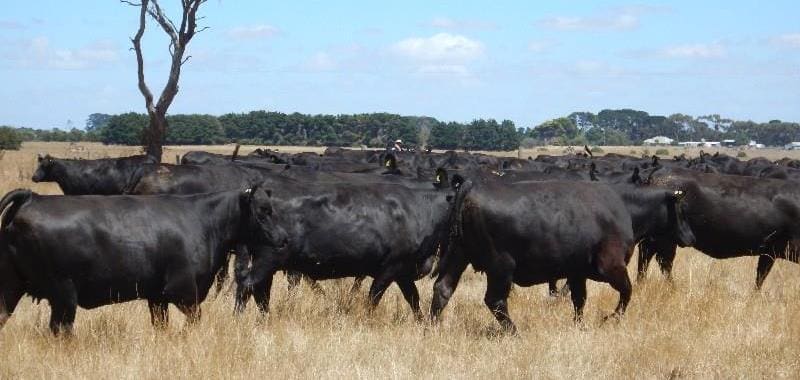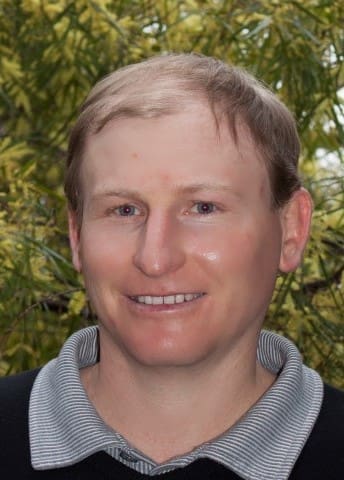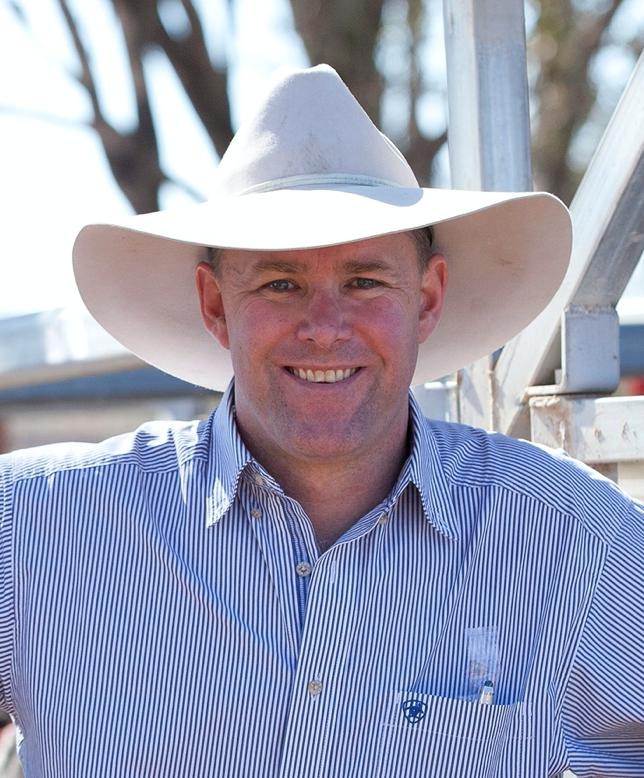
FARM profitability is determined by multiple factors. In a beef breeding business, factors such as survival and growth of calves through to sale weight are considered among the major influences.
Critical to these two areas is cow weaning rate (CWR) which is defined as number of calves weaned per cow joined annually.
Research conducted by Dr Brad Walmsley of the Animal Genetics Breeding Unit (AGBU) highlights several key areas around reproduction and its impact on farm feed and energy demands.

Brad Walmsley
Central to this research is the fact that reproduction has a high demand for nutrient resources because it involves the feed requirements not only associated with pregnancy, but that required for milk production.
This can represent nearly a doubling of the nutrient demands of the cow compared to when she is in a dry state and therefore, a significant financial investment when supplementary feed needs to be supplied.
Dr Walmsley’s work published in “Breeding Focus 2021 – Improving Reproduction” considered several areas across a breeding program, focussing particularly on the importance of CWR in relation to progeny growth.
Progeny growth was defined as Finished Sale Weight (FSWT). The research considered a scenario based on a self-replacing beef herd that purchased bulls from seedstock breeders. The broader production parameters included a base of 85pc herd weaning rate and a consideration for supplementary feeding to manage seasonal feed gaps.
Also addressed in the model were comparisons across the production system, such as changing sale price, the FSWT and age of turn off, mature cow weight and the breeding time horizon.
Economic importance
Given these parameters, it is possible to consider the question of how economically important cow weaning rate (CWR) is for a beef business
This can often be a challenging question when considering using fertility as part of a genetic selection process. Genetic improvement has a longer time-horizon when compared to improvements in final sale weight which can be achieved through both nutrition and genetic selection.
Selecting and retaining heifers based on higher genetic indicators of fertility results in a longer period of improvement. The research identified that over a short time window (three to four years) the relative importance of Cow Weaning Rate (CWR) to Final Sale Wight (FSWT) is low.
However, as that period extends over 10 years and out to 20 years, the importance of CWR and selection for fertility increases significantly.
Across a number of scenarios, Brad Walmsley’s results highlighted some useful outcomes for commercial beef producers.
Key results to consider are that across a number of scenarios the importance of cow weaning rate (CWR) increased when herd fertility was lower (50-70pc) than the base of 85pc. It was also of increasing importance when animals of greater value were sold at the same age (higher FSWT) or at a higher sale price.
In regard to feeding costs, CWR had increasing importance when supplementary feed costs were lower. In the scenarios considered, mature cow weights had an impact when were lower than the base herd. Finally, having a longer time-horizon for genetic changes and valuing these changes over 20 years also impacted the importance of CWR on economic importance.
It is worth noting that the research identified when animals were sold at different ages (12 months up to 32 months), the importance of CWR varies in relation to the requirement for supplementary feed to manage the seasonal feed gaps.
The study found that “In all instances, CWR has a positive economic value and often placing substantial emphasis on fertility is justified.”
 Alastair Rayner is the Principal of RaynerAg, an agricultural advisory service based in NSW. RaynerAg is affiliated with BJA Stock & Station Agents. He regularly lists and sell cattle for clients as well attending bull sales to support client purchases. Alastair provides pre-sale selections and classifications for seedstock producers in NSW, Qld, and Victoria. He can be contacted here or through his website www.raynerag.com.au
Alastair Rayner is the Principal of RaynerAg, an agricultural advisory service based in NSW. RaynerAg is affiliated with BJA Stock & Station Agents. He regularly lists and sell cattle for clients as well attending bull sales to support client purchases. Alastair provides pre-sale selections and classifications for seedstock producers in NSW, Qld, and Victoria. He can be contacted here or through his website www.raynerag.com.au

This is a good read. Its outlines two possible scenarios. You either select for a short term high turnover performance model or you look long term to functional sound female that can re breed out past 8 or 9 calves and replace immediately when fertility or functionality cant be maintained. I suppose a question i would pose is there doesnt seem to be complete recognition for females that maintain there position at stud level for extended periods of time. By this i mean (and i hope i dont butcher my explanation) is that the data doesnt flow back to the older generations. It might improve accuracy but doesnt actually give a numerical increase recognising the female or males contribution. Hence we have an industry chasing the latest and greatest with something potentially unproven. Time is the only measurement of success. Cheers Matthew Della Gola